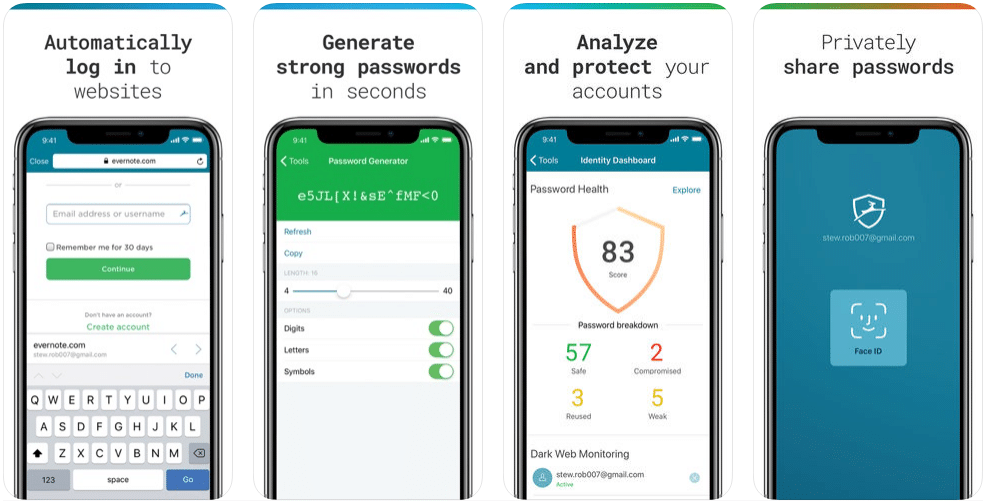
Why? Because employees may find setting up 2FA inconvenient and simply want to focus on their jobs, not on figuring out a new security tool.


However, even though it’s a highly recommended security step, 2FA adoption remains low. According to Verizon’s 2022 Data Breach Investigation Report, 82% of breaches involve a human element, and the #1 recommendation to avoid becoming a target is to use 2-factor authentication. This extra security step has been proven to add value for organizations. A form of multifactor authentication (MFA), 2-factor authentication (2FA) requires 2 steps when logging in to a website or app. 2FA is a simple way to add an extra layer of security to online accounts at your organization.


 0 kommentar(er)
0 kommentar(er)
